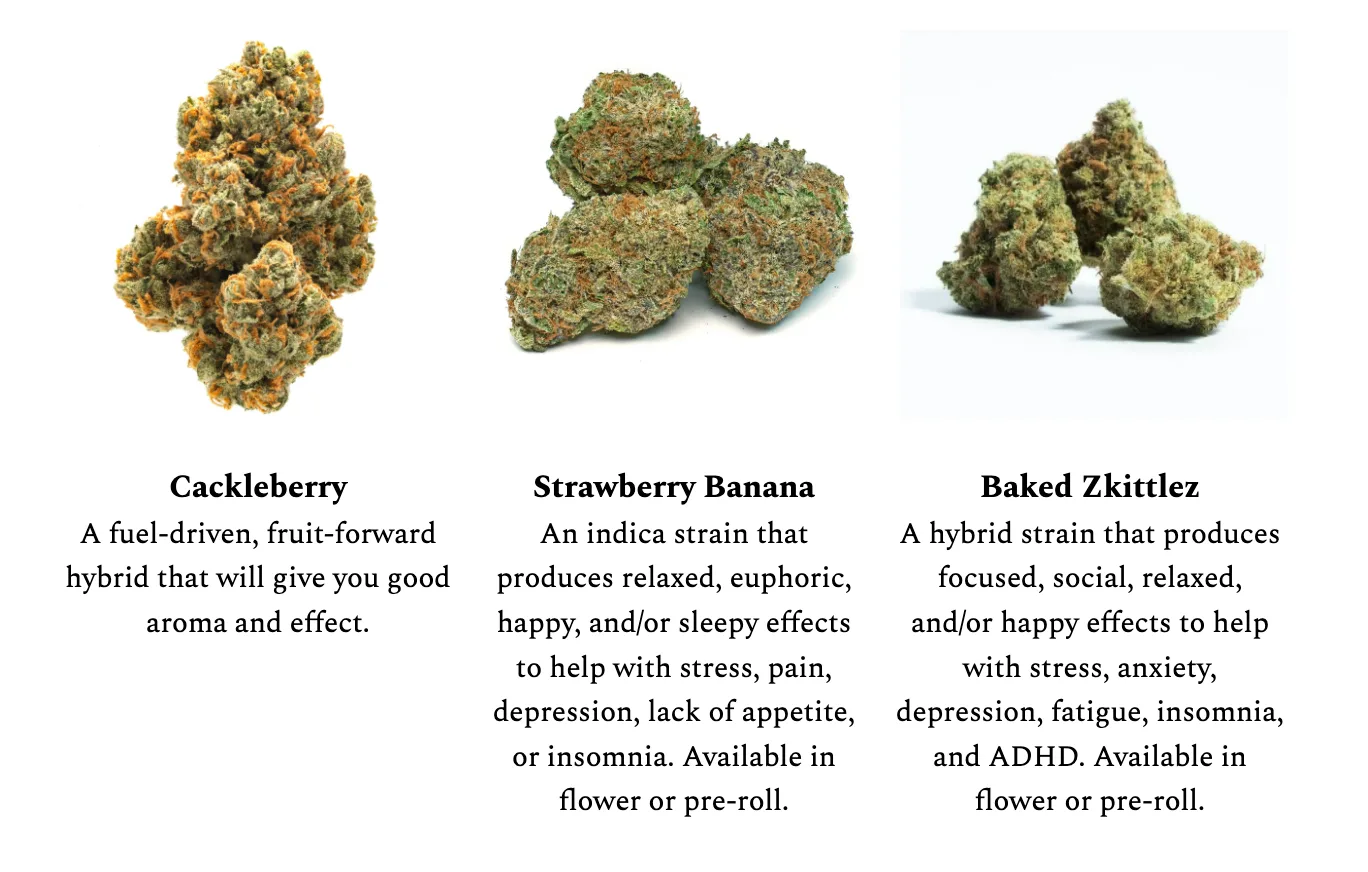The world of cannabis is a rich tapestry of colors flavors and effects. From the uplifting Sativas to the relaxing Indicas each strain offers a unique experience. Have you ever wondered how these strains and their lineages came to be? Let’s embark on a journey through the fascinating history and evolution of cannabis strains.
The Origins of Cannabis Lineages
Cannabis Sativa and Cannabis Indica are the two primary species of the cannabis plant. Thousands of years ago these species grew naturally in various regions around the world. Sativas thrived in equatorial regions while Indicas flourished in more temperate climates.
Ancient Beginnings
Cannabis has a long history of human cultivation. Early cannabis growers didn’t have the luxury of genetic breeding so strains were often determined by geography. The effects and characteristics of these strains were shaped by the local environment and human selection.
The Rise of Hybridization
As cannabis spread globally it encountered different environments and cultures. This diversity led to hybridization where different strains were crossbred to combine desired traits. For example Sativa strains were crossed with Indicas to create hybrid strains that balanced the effects of both species.
Modern Breeding Techniques
The modern cannabis industry has taken strain development to new heights. Breeders use advanced techniques like selective breeding and genetics to create strains with precise characteristics. This has led to an explosion of strains with distinct flavors cannabinoid profiles and effects.
Understanding Strain Lineages
Cannabis strains have complex lineages akin to a family tree. Here’s a breakdown of common terms used to describe these lineages:
- Landrace Strains: These are pure wild strains that originated in specific regions. Examples include Afghan Kush and Thai Sativa.
- Hybrids: These strains are a blend of two or more landrace or hybrid strains. They offer a wide range of effects and flavors.
- Parental Strains: These are the original strains that breeders use to create hybrids. For instance Northern Lights and Haze are often used as parent strains.
- Phenotypes: Different expressions of a single strain due to genetic variation. Phenotypes can have distinct flavors aromas and effects.
- Backcrossing: Breeding a hybrid with one of its parent strains to reinforce specific traits or stabilize genetics.
Popular Strain Lineages
Let’s explore some famous cannabis strains and their lineages:
- OG Kush Lineage: OG Kush is a legendary strain with a hazy lineage. It’s believed to be a hybrid of Chemdawg Lemon Thai and Pakistani Kush.
- Girl Scout Cookies Lineage: GSC is a hybrid strain descended from Durban Poison and OG Kush resulting in a sweet and euphoric blend.
- Blue Dream Lineage: Blue Dream is a Sativa-dominant hybrid that comes from crossing Blueberry and Haze strains.
- Northern Lights Lineage: This pure Indica strain hails from Afghanistan creating a relaxing and calming effect.
- Sour Diesel Lineage: Sour Diesel’s lineage is shrouded in mystery but it’s thought to be a hybrid of Chemdawg Northern Lights and Skunk #1.
The Future of Cannabis Strains
As cannabis legalization spreads strain development continues to evolve. Breeders focus on enhancing specific qualities like high CBD content or unique terpene profiles. The future promises even more diversity in strains and their lineages providing consumers with a plethora of choices.
Exploring the Cannabis Tapestry
Cannabis strains and their lineages are like threads in a colorful tapestry each contributing to the intricate pattern of the plant’s history and diversity. Whether you prefer the energetic buzz of a Sativa or the soothing embrace of an Indica there’s a strain out there to match your preferences.
Next time you enjoy your favorite cannabis strain, take a moment to appreciate the generations of growers and breeders who’ve crafted the experience you’re savoring. The world of cannabis strains is a testament to human ingenuity and the power of nature to surprise and delight our senses.
